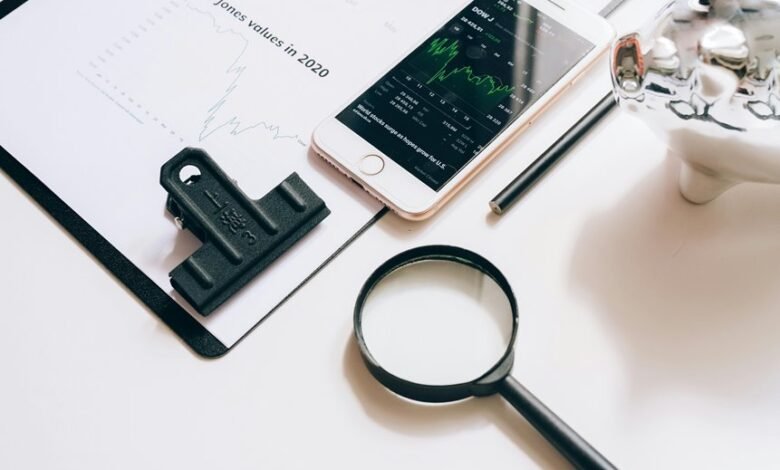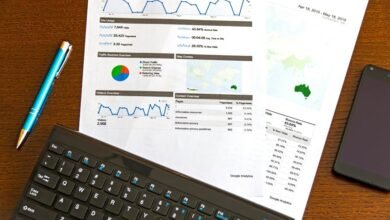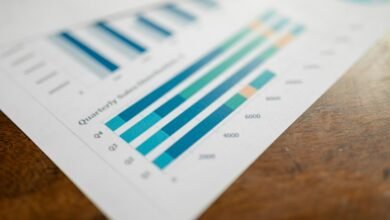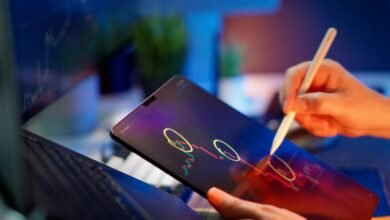Who Called You From 3302953221, 3303069621, 3303199630, 3305975009, 3306163849, and 3306423021? Find Out Everything About Any Phone Number

The recent surge in calls from numbers such as 3302953221, 3303069621, and others raises concerns about their origins. Analyzing these calls can reveal patterns and common sources, aiding individuals in identifying potential telemarketers or scams. Understanding the area codes involved is crucial for context. However, the implications of these calls extend beyond mere identification. What further insights can be gleaned from the data surrounding these numbers?
Understanding Area Codes and Their Significance
Although area codes may seem like mere numerical prefixes, they play a crucial role in the telecommunications system by designating specific geographic regions and facilitating efficient call routing.
The area code history reveals the evolution of this system, reflecting regional significance in population density and technological advancements.
Understanding these codes not only enhances communication but also empowers individuals in navigating the complexities of modern telecommunications.
Common Sources of Unwanted Calls
Understanding area codes sets the stage for recognizing the various sources of unwanted calls that plague many phone users today.
Telemarketing tactics frequently employ automated systems to deliver unsolicited pitches, often characterized by rapid call frequency and generic messages.
Additionally, spam call characteristics may include misleading caller IDs and requests for personal information, ultimately infringing on the recipient’s privacy and freedom.
Tools and Techniques to Identify Unknown Callers
As individuals increasingly encounter unwanted calls, various tools and techniques have emerged to identify unknown callers effectively.
Caller ID systems provide immediate identification, while reverse lookup services enable users to trace numbers to their owners.
These technologies empower individuals with the knowledge to screen calls, enhancing personal security and autonomy in communication.
Utilizing these tools fosters a sense of freedom from unsolicited interruptions.
Conclusion
In conclusion, the investigation of phone numbers such as 3302953221, 3303069621, 3303199630, 3305975009, 3306163849, and 3306423021 reveals the importance of utilizing caller identification tools and reverse lookup services. These resources empower users to discern the legitimacy of incoming calls, effectively mitigating the impact of unwanted communications. By analyzing the origins and associations of these numbers, individuals can make informed decisions about their interactions, thus enhancing their overall communication management strategies.





